1923 First Le Mans 24 Hour Endurance Race Winner
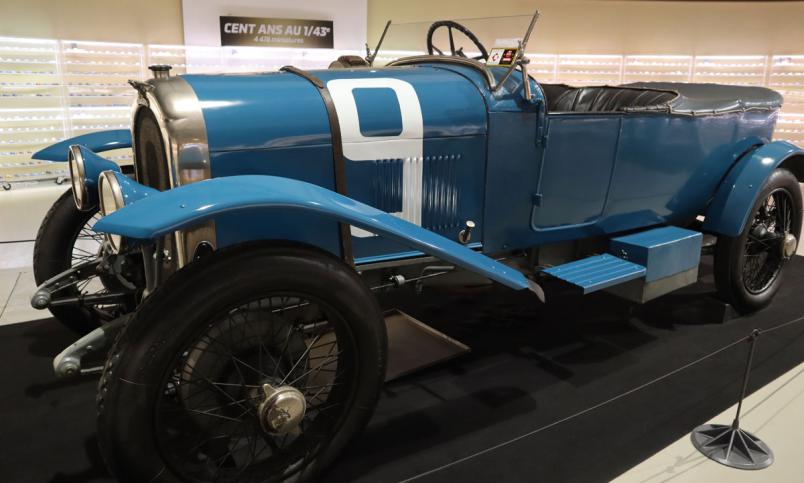 The No.9 first of a 1 - 2 victory for Chenard Walcker driven by of René Léonard / André Lagache with 128 laps, four laps ahead of the No.10 in 1923
The No.9 first of a 1 - 2 victory for Chenard Walcker driven by of René Léonard / André Lagache with 128 laps, four laps ahead of the No.10 in 1923
16 February, 2025
 The No.9 first of a 1 - 2 victory for Chenard Walcker driven by of René Léonard / André Lagache with 128 laps, four laps ahead of the No.10 in 1923
The No.9 first of a 1 - 2 victory for Chenard Walcker driven by of René Léonard / André Lagache with 128 laps, four laps ahead of the No.10 in 1923
1923 Inaugural Grand Prix of Endurance (24 Hours of Le Mans)
The first 24-hour race at Le Mans in 1923 allowed for only certain portions of the track to be illuminated at night, mainly the bends and the start and finishing straight, using as many lights as they could borrow from the army for the 17.26km circuit of public and private roads.
After driving down to Le Mans, Captain John Duff of DUFF & ALDINGTON, Automobile Agents, Upper St. Martin's Lane, and Frank Clement, who was Bentley's Test Driver, competed against 16 manufacturers fielding 32 cars, which, apart from a Belgian entry, were all French.
Duff was in fact Bentley's London Agent, but it was a strictly private entry rather than a Bentley Works initiative.
Walter Owen Bentley (W.O.) was not overly enamoured of the "24 hours non-stop" venture but sufficiently so to be found helping in the Bentley pit, which consisted of a tent with wooden benches.
However, contrary to the elite pit teams of today, only drivers were permitted to do any work on the car during the race.
It would be Duff and Clement's first 24-hour race, though Duff had established a stellar reputation at Brooklands, setting 38 international class records between 1920 and 1922 while driving a 1908 10-litre Fiat and a stock 3-litre Bentley.
Bentley 3 litre Chassis 141 took joint 4th place in 1923
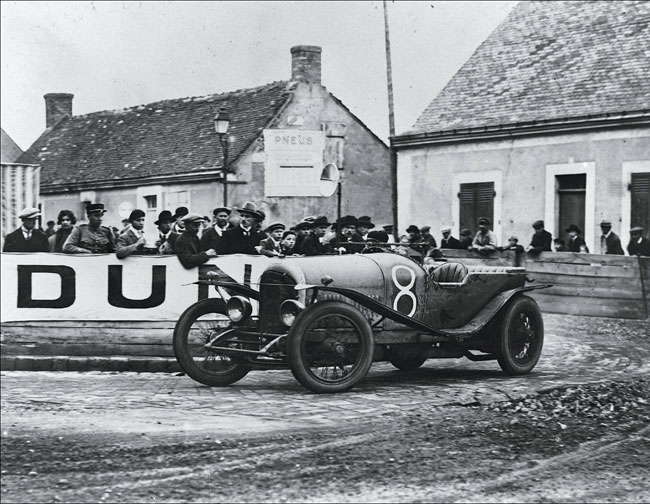
2023 Chassis 141 sold for £3,000,000, driven by John Duff and Frank Clement in 1923
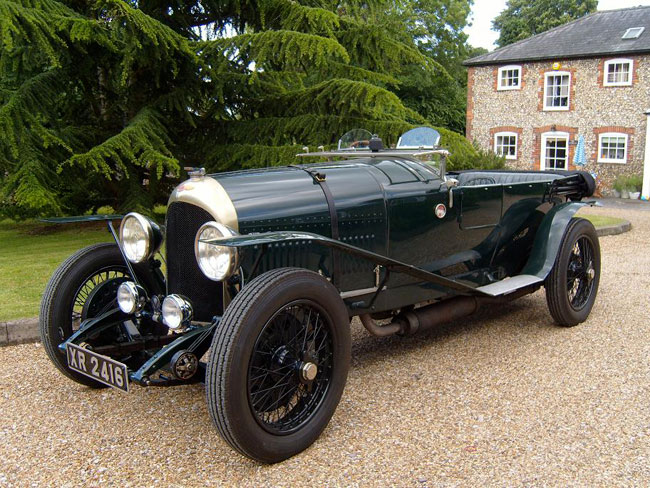
Bentley 3.0 Litre first registered in 1923
Clement had raced Bentleys at Brooklands and had come second at the Isle of Man 1922 Automobile RAC Tourist Trophy.
Brooklands had a 24-hour race, known as the "Double Twelve" but, having banned racing at night, it was split into two 12-hour stints.
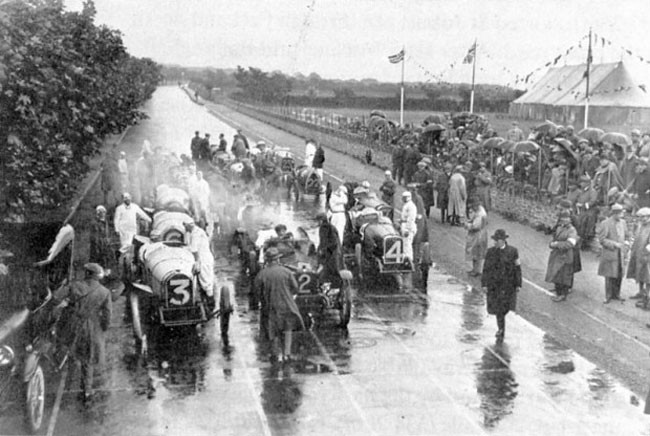
1922: The Last 3 Litre Tourist Trophy held on the Isle of Man. Eight laps of 37.75 miles (302 miles) Frank Clement took 2nd place, W.O Bentley in 4th and Douglas Hawkes in 5th, Bentleys but taking the team prize. The winner was Jean Chassagne in a Sunbeam. The weather was appalling!
26th May 1923 Circuit de Sarthe, Le Mans France
Saturday 4pm: The weather was grim
Under starters orders…
Eighteen manufacturers entered 35 cars, 33 of them under starters orders...
No creature comforts
There was no heater in the Bentley (not for another 20 years or so anyway), no mechanical windscreen wipers (not a single car had windscreen wipers), and mudguards... well, mudguards were just extra weight and impaired the aerodynamics, so they were... minimalist.
Also, as standard, the Bentley had drum brakes fitted on the rear wheels... only.
Initially, there was a brief hail storm, followed by 4 hours of heavy rain over the open-topped cars as the circuit turned into a mud bath, making face goggles redundant.
A flying stone reduced the Bentley to one headlight for most of the night-time hours, while another punctured the petrol tank.
The petrol tank lost the team two hours while it was repaired, eventually plugging the hole. The rules stated that only the drivers, who would drive alone, could make any repairs to the car.
In the absence of any assistance, Frank Clement had to jog from where the car had run out of petrol near Arnage to the pits and then back on a borrowed bicycle. Despite the horrendous weather, 30 of the 33 vehicles completed the 24-hour run.
Periodic Elimination Criteria
There was a minimum distance to be covered by each vehicle to avoid elimination which was assessed at 6hrs, 12hrs and 18hrs achieving ratios of the distance of 80%, 85% and 90% respectively.
Engine Size | Minimum Distance | Average Speed |
| 6500cc | 1600 km | 66.67km/h |
| 4500cc | 1500 km | 62.5 km/h |
| 3000cc | 1350 km | 55.25 Km/h |
| 2000cc | 1200 km | 50.0 km/h |
| 1100cc | 920 km | 38.33 km/h |
1923 Minimum Performance Requirements by Engine Size
The winner would be the car that exceeded it’s mandatory distance by the greatest ratio over 3 consecutive annual races.
1923 Top 14 of 30 Le Mans Qualifiers
| Position | Team | Engine | Laps |
| 1st | Chenard-Walcker | 3.0 L S4 | 128 |
| 2nd | Chenard-Walcker | 3.0 L S4 | 124 |
| 3rd | Jacques Bignan | 1979 cc S4 | 120 |
| 4th= | Automobiles Excelsior | 5.3 L S6 | 112 |
| 4th= | Bentley Motors Ltd | 3.0 L S4 | 112 |
| 4th= | Jacques Bignan | 1979 cc S4 | 112 |
| 7th | Chenard-Walcker | 3.0 L S4 | 110 |
| 8th | Lorraine-Dietrich | 3.4 L S6 | 108 |
| 9th | Automobiles Excelsior | 5.3 L S6 | 106 |
| 10th | Automobiles E. Bugatti | 1495 cc S4 | 104 |
| 11th | Automobiles Brasier | 2.1 L S4 | 99 |
| 12th= | Automobiles Delage SA | 2.1 L S4 | 98 |
| 12th= | Moteurs Salmson | 1086 cc S4 | 98 |
| 14th | Charles Montier et Cie | 2008 cc S4 | 97 |
The highest number of laps driven was 128 by one of three 3-litre Chenard and Walckers driven by René Léonard and André Lagache, the second of which completed 124 laps of the 17.26km circuit.
With 120 laps was one of two Bignan 1979cc S4s, the second Bignan completing 112 laps in the 24-hour period, matching that of the Bentley and sharing a joint 4th position.
The 3-Litre Bentley, comfortably exceeding their 78.21 lap qualifying target by 33.8 laps, took fourth place but was 174 miles behind the winners.
The winners had covered 1,372.5 miles at an average speed of 57.2 mph and finished 45 miles ahead of their teammates.
Frank Clement set the fastest lap in the Bentley at 9 minutes and 39 seconds with an average speed of 107km/66.5 mph.
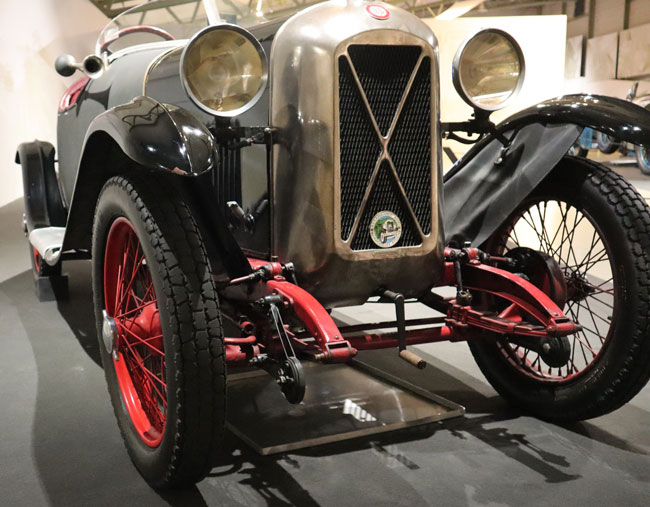
But if you happened to be Lucien Desvaux or Georges Casse working for If you happened to be Lucien Desvaux or Georges Casse working for a French aero and automobile company driving a 1.1-litre Salmson (1086cc in fact) with a 52-lap requirement and achieved an actual 98 laps—a mere 46 over a 52-lap target. . . . .
Then you would technically be the pro-rata winner of the first of three consecutive Le Mans races, chasing the Rudge-Whitworth Triennial Cup awarded to the manufacturer who exceeded their engine size minimum distance by the greatest margin.
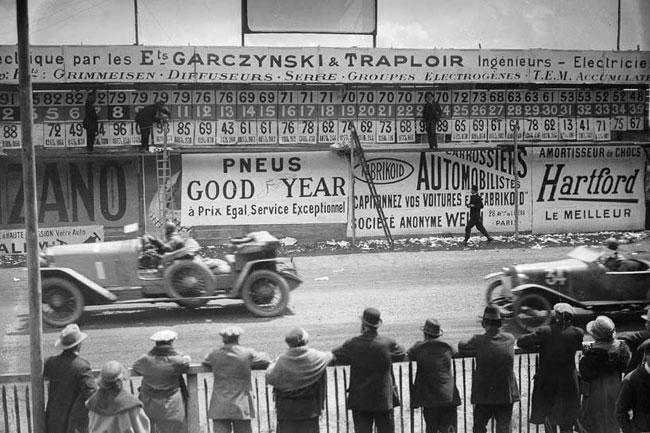
Keeping track of the laps at 1st Le Mans 24 hour race in 1923